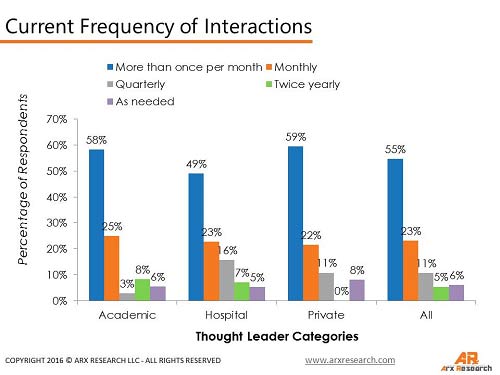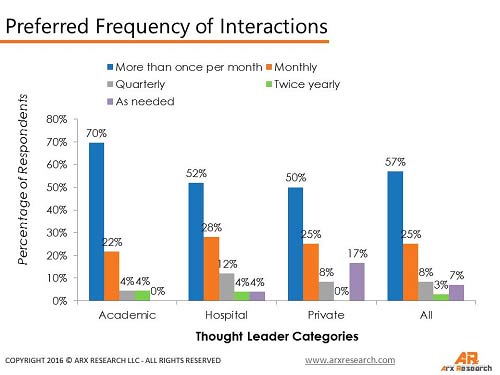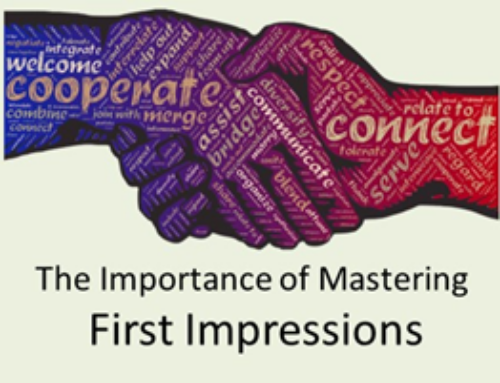This Fact Sheet presents best practices for European KOL Interactions, revealing the difference between the current frequency of interactions, as experienced by more than 130 surveyed thought leaders and what they think would be the best pace for the industry to adopt.
Thought leaders are an important component of the life science ecosystem and their influence within the industry is rapidly expanding. New regulations have created additional challenges for medical affairs executives and medical field teams who are already feeling some pressure and pushback in their dealings with the thought leader base.
Europe is enduring major reorganizations as new regulations on thought leader exchanges and payment reporting are being implemented. Life sciences operating in that region are experiencing a similar scenario as the US during the early onset of the Sunshine Act.
Only 31% of executives surveyed during a study of European Medical Science Liaison (MSL) operations reported they expect growing teams. Over the past few years, the pool of available thought leaders has shrunk and a significant percentage are now showing disinterest in dealing with the industry.
Medical affairs executives and medical liaison field teams often don’t truly understand what thought leaders really want and how they expect their relationships to be nurtured.
Research shows that 85% of surveyed thought leaders find interactions with MSLs are an important part of their relationship with the life science industry.
The findings are presented to outline the differences between academic-, hospital- and privately-based thought leaders.
Frequency of European KOL Interactions
Learning about how frequently thought leaders can or want to meet MSLs is an important component of building trust in the relationships. Since most of the organizations’ field teams coordinate and set the pace for these interactions, it becomes increasingly important to understand what thought leaders are looking for in a relationship. That way, MSLs and medical affairs management can better design their approach for meeting with thought leaders.
Too many interactions may cause thought leaders to start pushing back and eventually, completely closing the door to visits. On the other hand, if the frequency of visits drops, thought leaders may get involved with competing organizations more in tune with their needs. To avoid these risks, knowing the pace at which thought leaders prefer to meet is invaluable knowledge.
Figure A shows the actual occurrence of interactions between MSLs and thought leaders for each surveyed group. Over three-quarters of all surveyed respondents meet either monthly or more frequently, while 22% meet 1 to 4 times per year.
Looking at the data across groups, 83% of the academic-based thought leaders meet with MSLs 12 or more times per year. While this frequency of interaction drops to 72% for the hospital-based thought leaders, it stands at 81% of privately-based thought leaders. On average across groups, 22% of thought leaders reported meeting with MSLs 4 times or less per year; the percentage stands at 17% for academic-based thought leaders, 28% (the highest percentage) for hospital-based thought leaders and 19% for the private-based group.
The average pace of visits currently experienced by European thought leaders does not differ much from the pace of visits experienced by U.S.-based thought leaders, with both averaging nine (9) visits per year.
While the aggregate results of preferred frequencies vary only slightly, there are notable differences between the current and preferred frequencies of meetings for certain groups.
Significant shifts are seen within the academic-based thought leaders, with an additional 12% who would prefer to meet more than once per month, bringing the total in that specific category to 70%, from the 58% currently experiencing more than once a month meetings (Figure B).
Another change noticed for this group is the need to meet only when necessary. While the percentages of current “as-needed” meetings sit at 6%, none of the academic-based thought leaders would prefer to meet only when required.
Overall, it appears that thought leaders in Europe would like to meet more frequently, with 4% of survey respondents showing preferences shifting from quarterly and bi-yearly visits to 12 and more times per year.
Download a hardcopy PDF of this article: Arx Research Fact Sheet 3021 – European KOL interactions
Full Study
The findings presented in this Fact Sheet are extracted from the following study:








